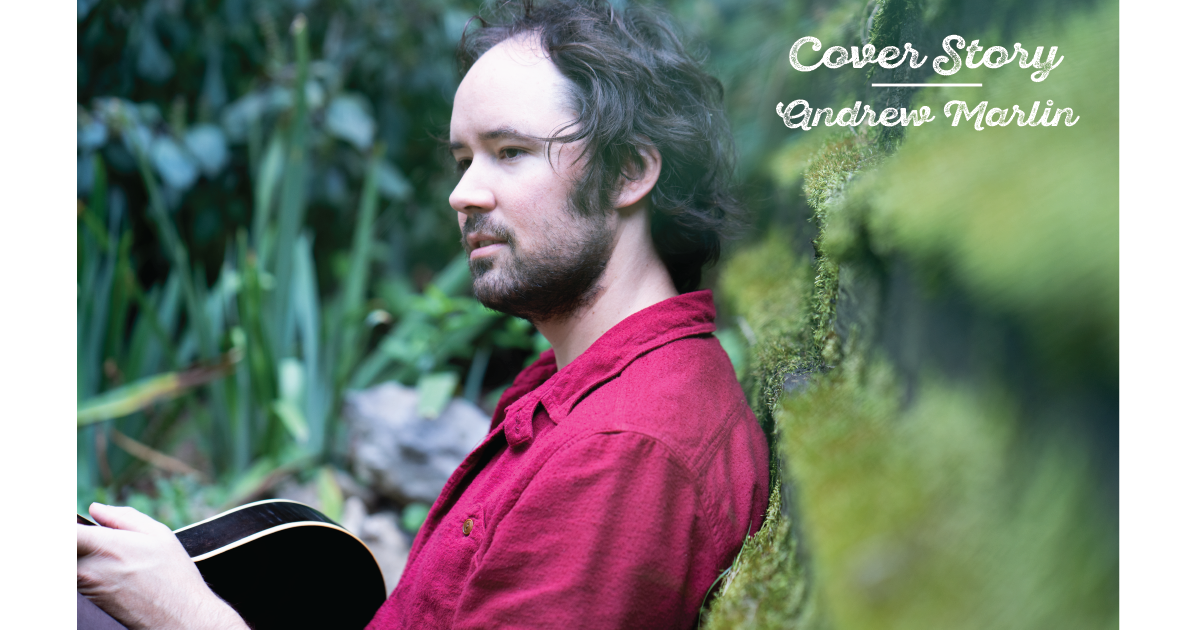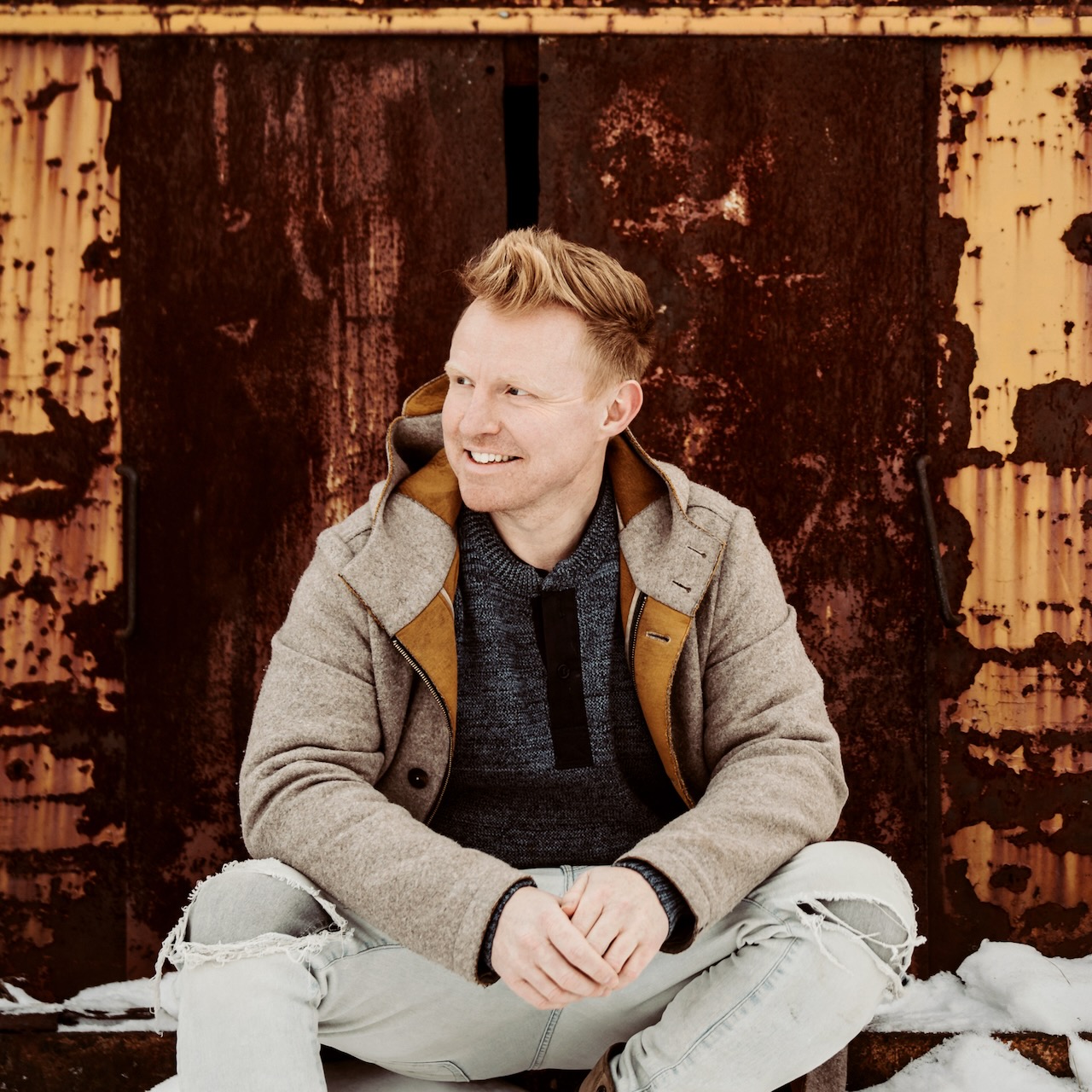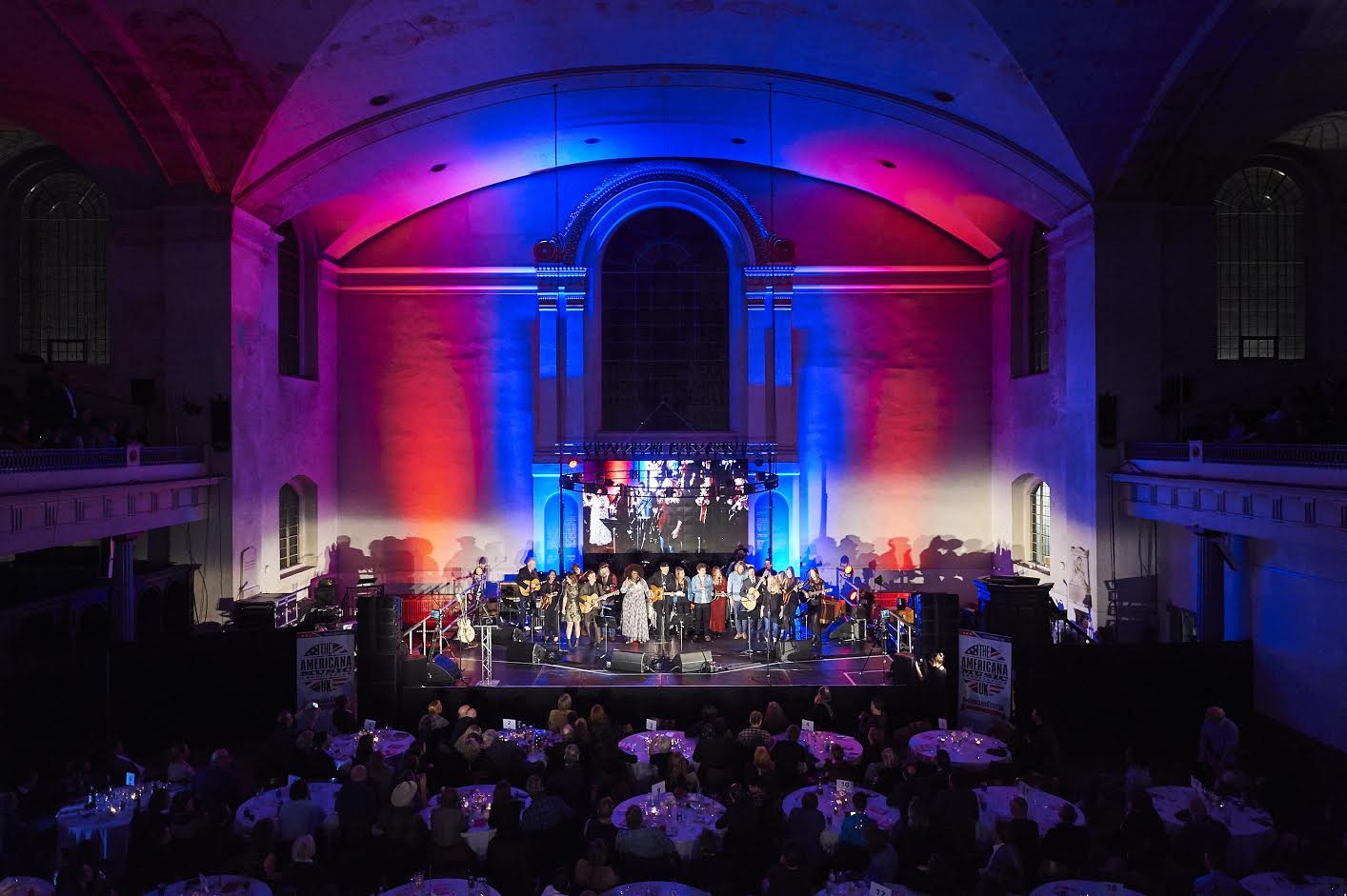It’s been two years since Mandolin Orange’s prior album, Tides of a Teardrop, which took them everywhere from the stage of Nashville’s fabled Ryman Auditorium to a placement on the Billboard 200 album chart. Since touring for that album wound down, the duo of Andrew Marlin and Emily Frantz has been mostly hunkered down at home in North Carolina, tending to their young daughter Ruby while riding out the pandemic.
Marlin has also used the time to develop a growing solo-album habit, releasing instrumental collections. February saw the near-simultaneous release of Witching Hour and Fable & Fire, following up 2018’s Buried in a Cape. And while both albums feature the same cast of players from Mandolin Orange’s circle, each has a very different feel. Witching Hour is billed as “A Sonic Account Of How The Journey Within Has No Destination,” while Fable & Fire is “A Soundtrack To Quotidian Wonder.” BGS caught up with Marlin by phone on the day before his 34th birthday.
BGS: How old is your daughter now?
Marlin: Almost two-and-a-half. It’s been a lot of not sleeping, but a fun time, too. She likes to strum a little bit. There are certainly instruments we don’t let her play, but we do have a few beater guitars we let her have some fun with. She loves to sing, too, she’ll break out in song randomly all the time. “Lonesome Whistle” from that record we put out in 2016, Blindfaller, she loves to sing that song. She has such a good memory on her, it’s amazing. All kids probably do, it’s just that she’s the only one I’ve ever spent that much time with. It’s fascinating, how much she retains and can recite.
Do you spend much time practicing?
It varies. I did sit down with a metronome and my first cup of coffee this morning to work on some tunes. I came to the mandolin “late,” at 20, when I feel like my favorites started when they were 7 or 8. In terms of foundational skills, I have to go back and relearn some things. I love the instrument so much, I want to think in terms of longevity. Figure out techniques that keep me relaxed without hurting myself on it. And if I get an idea, a melody that hops into my head, I’ll follow it because the most important thing is to keep writing. I try to be aware of my body, stay in tune with what’s happening. If I feel cramps or aches, I’ll stop and try to assess what’s happening. That’s the reason to practice technique, to relax and be comfortable without overworking joints harder than you need to. I hope to prevent that, but I do play a lot and time is not on my side.
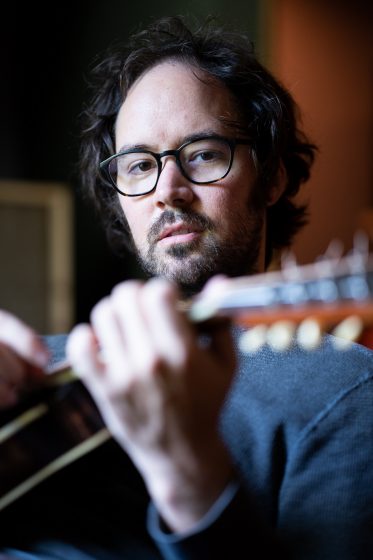
It’s not unusual for guitar players to own multiple guitars, but what about mandolin players?
I can actually kinda mark what year something was based on which mandolin I was playing. For the past 11 years, I’ve gotten a new one about every two years. I finally got a Lloyd Loar in January of 2019 and I think I found my mandolin, at least for a while. There are all these different aspects of tones you want to get, and it’s different from player to player. Different instruments make you play different things you normally might not think of. It completely rearranges my musical mind, playing different instruments. As much as I envy my heroes having iconic instruments they always use, I enjoy picking up different mandolins, the different voices you get.
They’re almost like little people. You don’t tell your friends how to act, so why would you tell an instrument how to sound? Just work within what it does best and it will teach you how to pull out different aspects of your playing. All the songs on Fable & Fire were written on a Gibson A2 1921 that I bought on a whim on reverb.com, and it turned out to be a great little tune-writer. Every time I pick it up, seems like I write a song on it. And I wrote all the songs on Fable & Fire on that little instrument in about four weeks. I didn’t record with it because when it comes down to a record, I’d rather use the Lloyd Loar. I know its voice and tone, how to work its dynamics. But that little A2 has a very cool little voice, too.
How do you differentiate these two albums?
For me the concepts set them apart. They have very different grooves, melodic ideas and modes. Witching Hour was written over two years’ time, where I basically just took a handful of tunes I thought were strong enough to put on a record. So that’s what you hear, two years’ worth of material. But Fable & Fire is very cohesive start to finish, a set of songs written to be played side by side with each other. Witching Hour is a scrapbook, Fable & Fire is a picture.
Fable & Fire, especially, has some pretty exotic song titles. What does “Leeward Shore/Crooked Road to Bracey” mean?
(Fiddler) Christian Sedelmyer’s girlfriend Alexis really likes the sound of the Gibson A2 I wrote those songs on. She kept trying to convince me to play that mandolin on this record, and I wanted to honor the fact that she’d really listened and cared. Her middle name is Lee, what could I do with that? Well, leeward shore is the shore that faces the wind, an old nautical term. I named that A2 “Gale” because it has this sound that feels like it moves a lot of air — I joke that it could blow a candle out. So I thought it was fitting to call the first part of that medley “Leeward Shore,” the shore-facing wind, because she was such a proponent of Gale.
Then “Crooked Road to Bracey,” that’s a town not far from where I grew up. Just over the North Carolina line in Virginia, and it was the only close-by town with an all-night diner. So if we were super-hungry at 4 a.m., we’d hop in the car and go to Bracey. Pretty nerdy! But you’ve gotta find inspiration somewhere. Stories like that end up being part of the bones of these tunes. But one of my favorite parts of instrumental music is that it’s all irrelevant once someone else starts to listen. That’s important now especially, because everybody needs something to latch onto. Instrumental music is so open, it allows an infinite amount of interpretation.
“Hawk Is a Mule” is another — and also the only words you say on either record. What’s that story?
We were on the West Coast for the Buried in a Cape tour. Clint (Mullican) the bass player can spot a hawk from a mile away – he sees them before they see him. He kept pointing out all these hawks as we made our way toward Canada. And being East Coasters, well, we were excited to hop on into the dispensaries out there. We, um, accumulated quite a bit and wondered what to do with it before crossing into Canada. It became a joke, training a hawk to carry it into Canada for us, “like a drug mule but a hawk.” I ended up calling that melody “Hawk Is a Mule,” and that’s how it came to be. Just a bunch of people in a van making fun jokes.
In terms of writing, are instrumentals easier to come up with since they don’t have words?
It depends on the mindset I’m in. I’ve practiced the mandolin a lot in quarantine and also listened to a lot of instrumental music, so that’s been easier to write because of what I’m into now. When I sit down to write, I try not to force it. Just do what I’m into and play what I feel, and right now instrumentals are what I’m into.
Out of these 21 songs, which are your favorites to play?
They’re all right in my wheelhouse since I wrote them, but some really translate with the band. “Oxcart Man” on Fable & Fire, I love the way that one feels. It has a lot of ins and outs that give it a lot of life, especially Nat (Smith) on the cello. He’s able to go back and forth between plucking and powerful bowing. I don’t know how he does it but he works the dynamics beautifully, especially on that tune. The tone of the cello makes it almost seem to hide itself, but if you muted that it would take a lot of the pulse out of the tune. What the guys do on that song makes it one of my favorites.
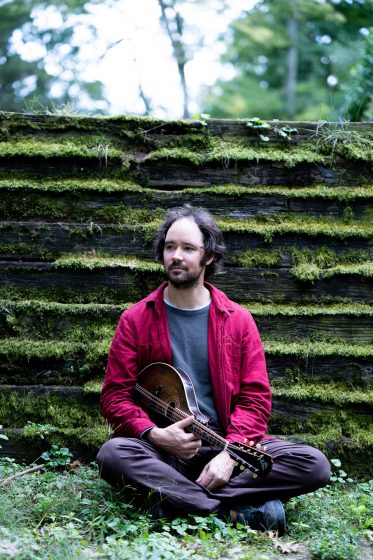
Another is “Farewell to Holly Bluff/The Watch House.” Everybody really pushes the tone on that one. I hardly play that melody at all because it was so great to be part of the rhythm. Jordan (Tice) is a great lead guitarist, but he’s the rhythm engine here and ended up doing a lot less melodic passes than rhythm. His drive is a key element of both records.
“Jenny and the Dulac,” the last song on Witching Hour, has a groove and major-minor feel that’s unlike anything I’ve ever done before instrumentally. Christian and Brittany (Haas)’s twin fiddle parts really elevated that moment to where we were looking at each other going, “This is the coolest shit ever, let’s never let this song end.” Everybody was exploring the fretboard in a way that did not seem forced, just wide open. I love everybody’s solos, they all have a lot of personality.
Besides music and the people close to you, what do you look to for inspiration as a writer?
It’s less about looking for things and more about being open to it when you feel it. Either you turn those receptors on, or off. I’ve been writing since I was 14 and it’s been a major part for so long that I’ve almost always got the receptors on. Lately, especially, some of the instrumental titles come from snippets of children’s books I read to Ruby. And the other day, we were at the park and heard some people singing “Happy Birthday” to a little kid named Leo. That got me to thinking: “It’s Pisces season, a Pisces named Leo, that could be a fun thing.”
The muse is important to just keep on so that when something presents itself, I can snatch it and hold onto it forever. Not to get too heavy about it, but it does come at a cost. I’ll be talking to people about a memory of theirs from a tour five or six years ago, and realize that if you keep those receptors on so much you might not be quite as present as you want to be. It’s a balance, especially with Ruby. I’ve learned to turn that off when I need to so I can be very present with her. I’ve seen just how fast time with her flashes by. I don’t know where the last two and a half years have gone.
Photo Credit: Lindsey Rome
